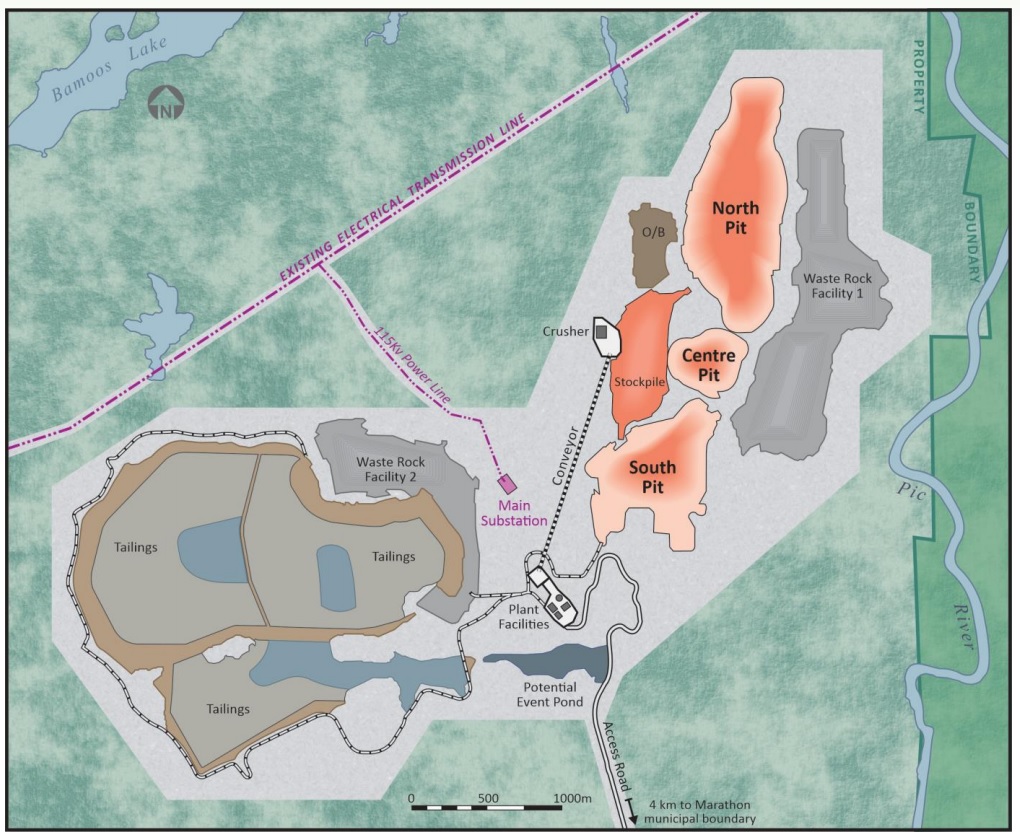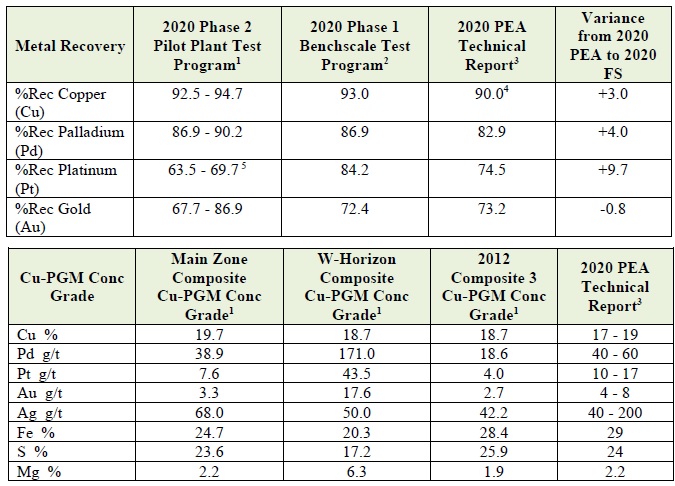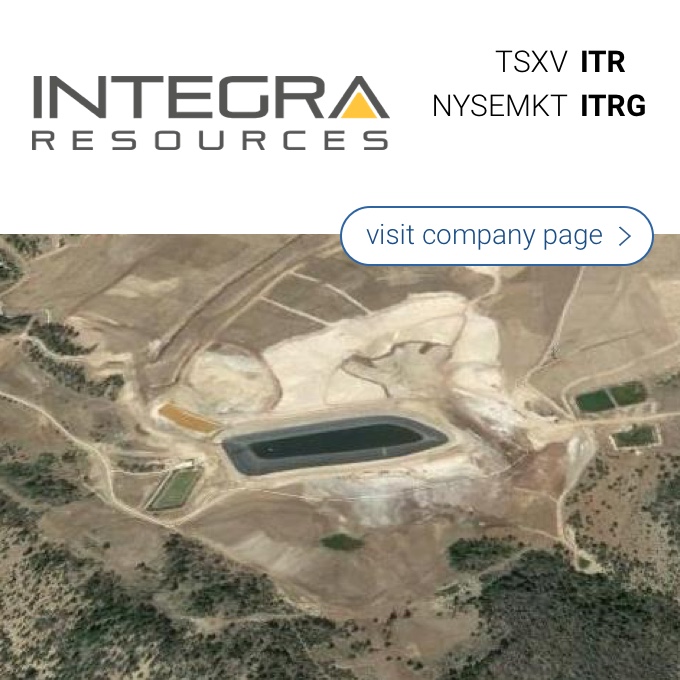
Generation Mining (GENM.TO) has now completed the Phase 2 metallurgical testing and the pilot plant trials which started in September 2020. This test program was meant to finetune the anticipated recovery rates for the palladium and other metals from the Marathon PGM project in Ontario. This will help to design the final flow sheet while negotiation the offtake agreements with interested parties as the test program resulted in more detailed specs of the end product.
The image below shows the anticipated recovery rates of the Phase 1 and Phase 2 test work and while the Phase 2 results should be more reliable as they are based on a pilot plant test rather than just a bench scale test program, we should take the low recovery rates for the platinum with a grain of salt.

According to the footnotes to the table, the lower platinum recovery rate was caused by a low head grade of the bulk sample and the company is expecting the normalized platinum recovery rates to be in line with the Phase 1 test program. This means that except for the gold (where slightly lower recovery rates won’t matter that much anyway), the recovery rates have increased by 3% to almost 10%. That’s a major improvement as it basically means much more copper, palladium and platinum will be recovered while the operating expenses will barely increase. This should result in much higher operating margins per tonne, and a reduced payback period.
The feasibility study should be ready in the next few weeks. Management is likely aiming to have it out by the BMO conference or the PDAC conference, but Generation Mining is obviously at the mercy of the consultants it has been using for the feasibility study. While the capex will increase as GENM is now eyeing a 9.2 million tonne per year production scenario, the IRR and NPV will likely increase due to the additional economies of scale, the higher recovery rates and perhaps the higher palladium price that will be used in the feasibility study as the spot palladium price of almost $2200/oz is about 80% higher than the palladium price used in the PEA.
While we are waiting for the Feasibility Study to be released, we have very little doubt the study will at least confirm the PEA results, and will very likely show economics that are superior to the PEA.
Disclosure: The author has a long position in Generation Mining. Please read our disclaimer.

